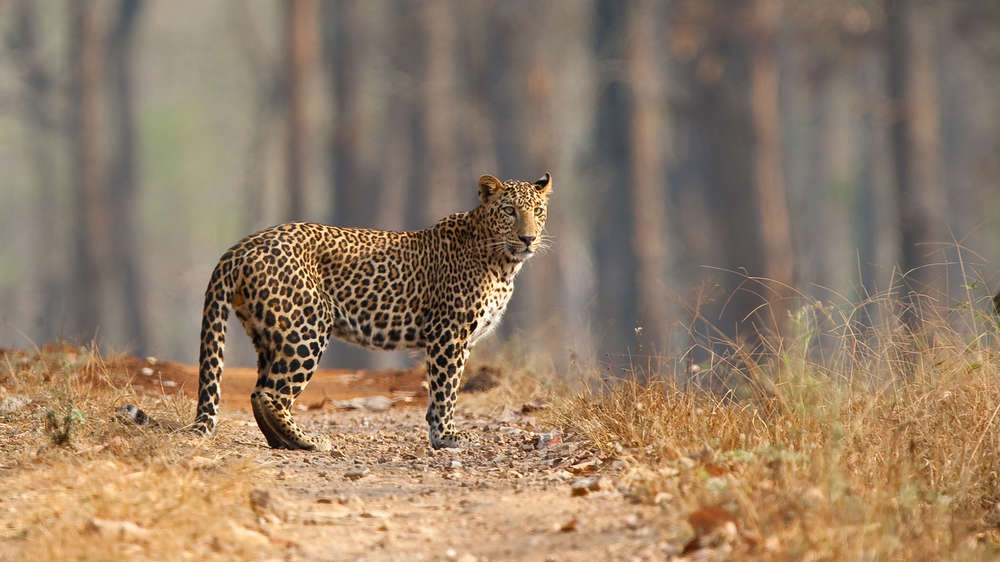Signs of progress warrant celebration as well as reflection. The findings of the government report, Status of Leopard in India 2018, are heartening. India now has an estimated 12,852 leopards, a population increase of more than 60 per cent over the previous recorded estimate in 2014. Credit must be extended to the architects of conservation and — not to forget — its foot soldiers. But there could be other reasons that explain why the leopard is doing better than, say, the tiger. Among the members of the big cat family, the leopard is the most gifted when it comes to adapting to seemingly challenging milieu. At a time when natural habitats are being encroached upon on account of a predatory development model, leopards have been the quickest to learn to survive within semi-urban and urban habitats. Moreover, they have done so without posing a significant threat to human life — for instance, leopards and people have coexisted in and around Mumbai’s Sanjay Gandhi National Park for years without worsening the prospect of man-animal conflict.
This, however, does not undermine the importance of such surveys. This is because the tiger and the elephant — the Big Two of Indian conservation — have occupied a disproportionate share of conservation resources as well as of public consciousness. The alarming depletion in their numbers may have something to do with the skewed nature of this collective concern. But this does not mean that other species, including leopards, deserve any less attention because the ecological balance can only be sustained by understanding the interdependence among species and their habitats. The success of conserving animal species is thus premised on addressing a gamut of inter-related challenges: the watering down of protective legislations; governmental apathy — in 2018, the Supreme Court pulled up the Centre for “sitting” on funds worth Rs 77,000 crore meant for environmental protection; a poorly equipped forest protection apparatus; thinning forests — India’s ‘very dense forest’ cover is now down to 3 per cent — that are no longer capable of supporting a healthy population of wildlife; the resultant displacement of animals which, in turn, is intensifying the man-animal conflict and, as always, poaching. Last year, the Union environment ministry informed Parliament that at least 260 leopards had been poached in India between 2015 and 2018. Wildlife organizations believe that the numbers are far higher. There is no reason for progress, as is evident from the leopard survey, to give way to complacency.










